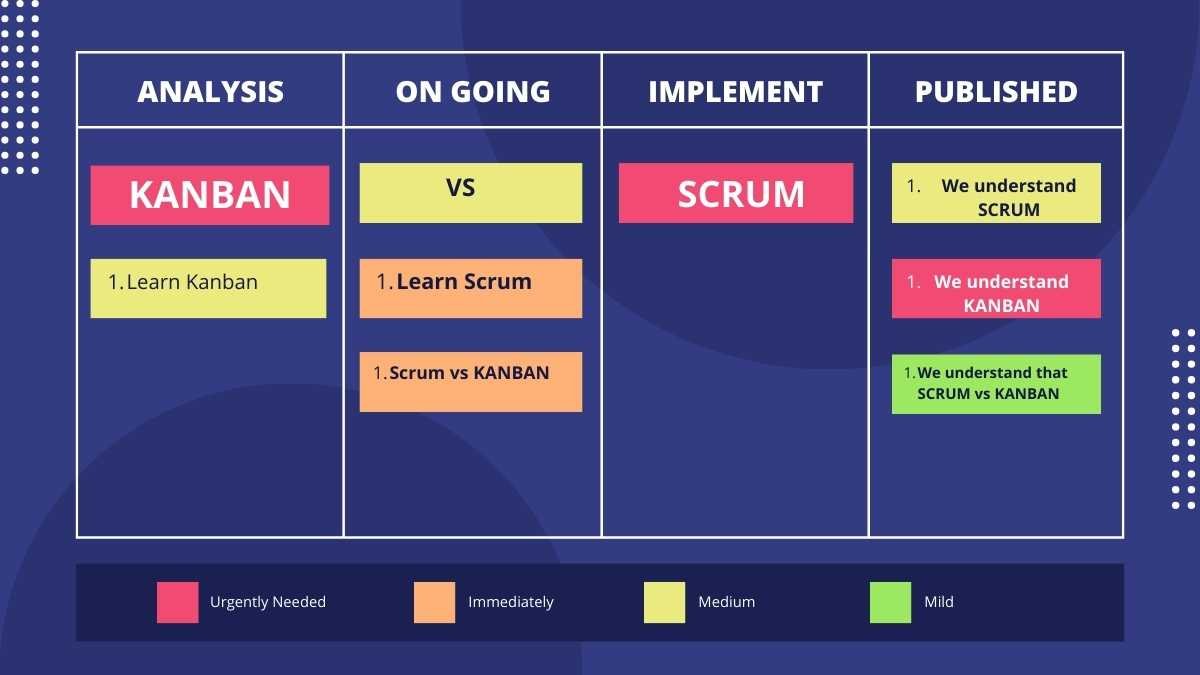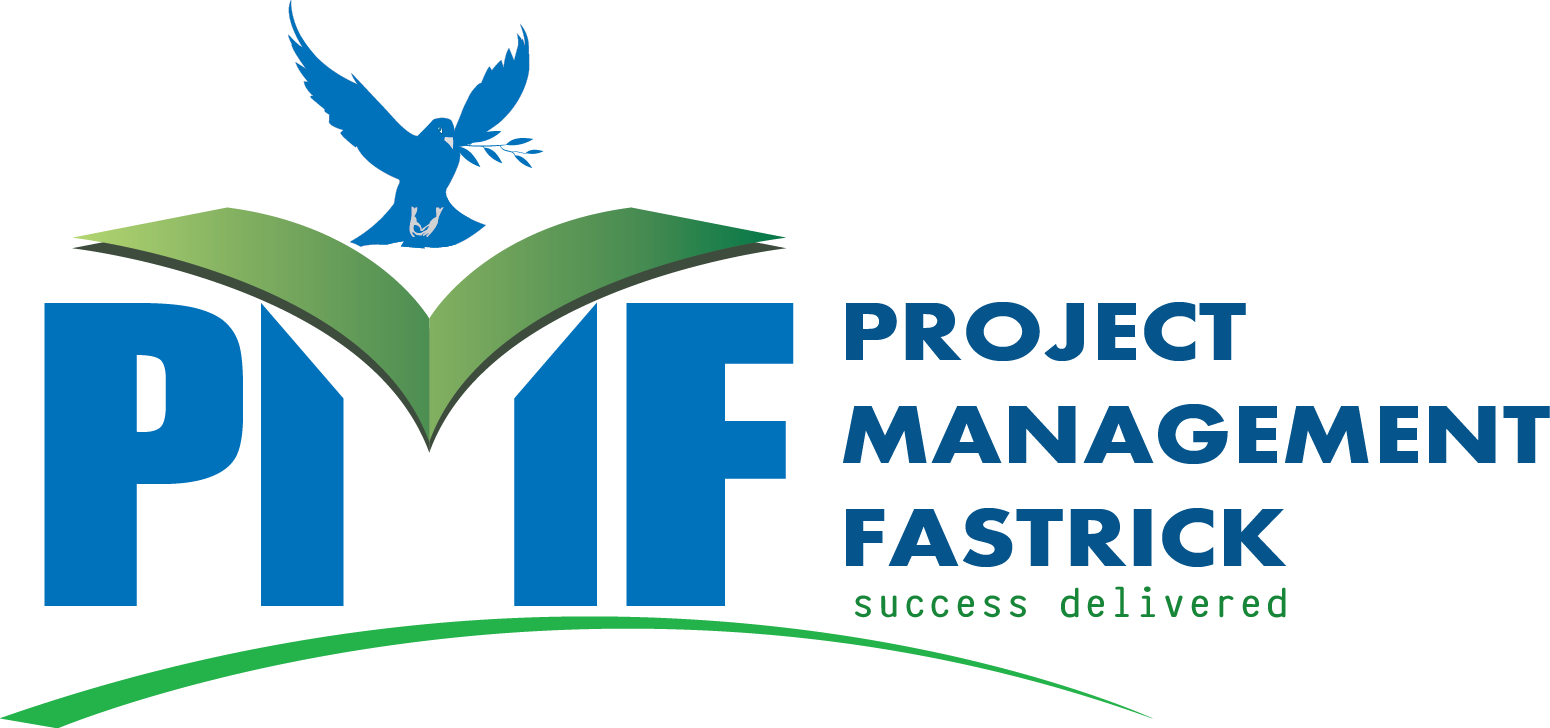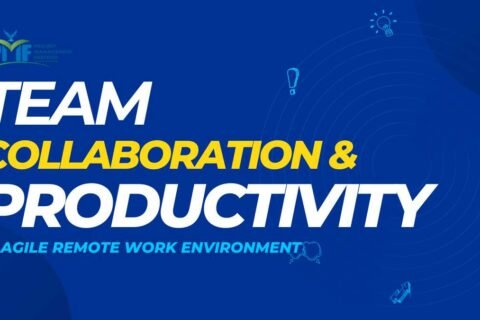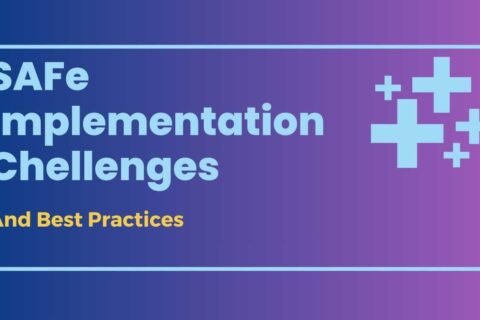
KANBAN VS. SCRUM: A Comparative Analysis of Efficiency and Flexibility in Software Development
The Agile methodology has revolutionized software development by promoting iterative, flexible, and customer-centric approaches. Two prominent Agile frameworks, Kanban and Scrum, offer distinct yet valuable tools for project management. This paper delves into a comparative analysis of Kanban and Scrum, evaluating their efficiency and flexibility in software development. We explore the core principles, structures, and workflows of each framework. Case studies are presented to illustrate their application in real-world scenarios and assess their impact on project outcomes. Finally, the paper provides insights into choosing the optimal framework based on project nature and team dynamics.
1. Introduction
The software development landscape demands constant innovation and adaptation. Traditional, rigid methodologies often struggle to keep pace with evolving requirements and dynamic market conditions. Agile methodologies have emerged as a powerful response, emphasizing flexibility, rapid iteration, and continuous delivery of value. Within the Agile umbrella, Kanban and Scrum stand as two of the most widely adopted frameworks.
This paper investigates the strengths and weaknesses of Kanban and Scrum in the context of software development. We compare their core principles, structures, and workflows, specifically analyzing their impact on efficiency and flexibility. By examining these factors, we aim to equip project managers and development teams with a clearer understanding of which framework might be better suited for their specific needs.
2. Kanban Methodology
Kanban is a visual workflow management system designed to optimize the flow of work items. It emphasizes continuous delivery, focusing on limiting work-in-progress (WIP) to prevent bottlenecks and improve efficiency. Key principles of Kanban include:
- Visualizing Work: A Kanban board acts as the central communication hub, displaying tasks in various stages – “To Do,” “In Progress,” and “Done.”
- Limiting Work-in-Progress: WIP limits are set for each stage, ensuring teams focus on completing existing tasks before taking on new ones.
- Continuous Flow: Work items move steadily through the workflow, aiming for a smooth and predictable delivery cadence.
- Continuous Improvement: Teams regularly review and refine the Kanban board and its processes to optimize workflow efficiency.
3. Scrum Methodology
Scrum is an iterative and time-boxed framework that promotes project delivery in short, fixed-length cycles called sprints. It structures development around a set of roles, artifacts, and time-boxed events. Core elements of Scrum include:
- Sprints: Work is broken down into user stories and prioritized backlogs. Each sprint focuses on completing a predefined subset of user stories within a fixed timeframe (typically 2-4 weeks).
- Scrum Roles: The Scrum team comprises three key roles: Product Owner (represents stakeholders and prioritizes work), Scrum Master (facilitates the process and removes impediments), and Development Team (self-organizing team responsible for delivering the sprint backlog).
- Scrum Artifacts: Three key artifacts guide Scrum: Product Backlog (prioritized list of user stories), Sprint Backlog (subset of user stories selected for the current sprint), and Increment (potentially shippable product built at the end of each sprint).
- Scrum Events: Scrum prescribes specific events to maintain focus and transparency: Sprint Planning (planning the upcoming sprint), Daily Scrum (short daily stand-up meeting), Sprint Review (demonstrating completed work to stakeholders), and Sprint Retrospective (reflecting on the sprint and identifying areas for improvement).
4. Case Studies
Case Study 1: Kanban for Internal Tool Development
A software development team is tasked with creating an internal tool to streamline communication within their department. Requirements may evolve as the team gains user feedback.
- Benefits of Kanban: The visual Kanban board allows for continuous monitoring of progress and easy prioritization of tasks. WIP limits prevent the team from taking on more work than they can handle, ensuring efficient delivery. The flexible nature of Kanban allows for seamless incorporation of new requirements as they emerge.
Case Study 2: Scrum for Mobile App Development
A startup is developing a mobile app with a well-defined set of features within a tight timeframe. Regular stakeholder input and feedback are crucial for success.
- Benefits of Scrum: Scrum’s fixed-length sprints provide a clear roadmap for development and ensure features are delivered on a predictable schedule. The Sprint Review allows for early stakeholder feedback and course correction if necessary. The self-organizing Scrum team fosters an environment of ownership and accountability, crucial for meeting tight deadlines.
5. Efficiency vs. Flexibility
Efficiency:
- Kanban focuses on optimizing workflow by limiting WIP and promoting continuous flow. This can lead to faster delivery cycles and improved overall throughput.
- Scrum emphasizes predictability by delivering potentially shippable product increments at the end of each sprint. This ensures a consistent release schedule and reduces the risk of project delays.
Flexibility:
- Kanban’s flexible nature allows teams to adapt to changing requirements seamlessly. New tasks can be readily integrated into the workflow without disrupting ongoing work.
- Scrum provides a structured framework for managing change, but modifications to the sprint backlog are generally discouraged during a sprint to maintain focus and predictability.
Choosing the Right Framework
The optimal framework selection depends on various factors, including:
- Project Nature:
- Kanban is well-suited for projects with ongoing requirements or evolving priorities.
- Scrum excels in projects with well-defined requirements and tight deadlines.
- Team Dynamics:
- Kanban works well for self-organizing teams comfortable with a more fluid approach.
- Scrum thrives with a team that embraces structured planning and predictable cycles.
- Project Size:
- Kanban can be easily scaled for projects of any size.
- Scrum might be less suitable for very large projects due to its sprint-based structure.
6. Conclusion
Kanban and Scrum offer distinct yet valuable approaches to Agile software development. Kanban prioritizes efficiency and continuous flow, while Scrum emphasizes predictability and focus. By understanding these core principles and their impact on flexibility, teams can select the framework that best aligns with their project needs and team dynamics.Ultimately, the most effective framework is the one that empowers teams to deliver high-quality software efficiently and adaptively.
7. Future Research
Future research could explore the hybrid application of Kanban and Scrum principles within a single project management approach. Additionally, investigating the effectiveness of these frameworks in different software development methodologies, such as DevOps, could provide valuable insights for practitioners.






